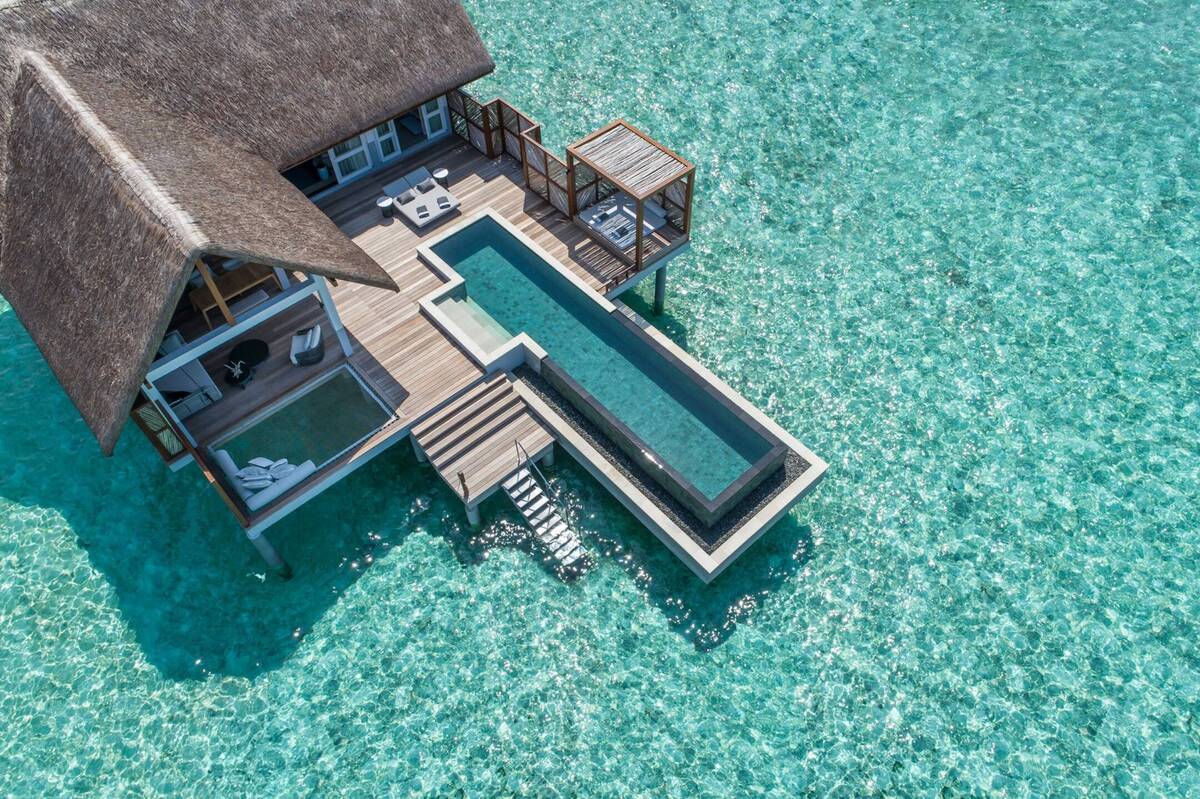Watching the surf
Hands down, nature takes all the points for firmly pinning Nazare on the world map. At the Nazaré Canyon, the biggest underwater ravine in Europe, spreading out for miles into the Atlantic Ocean, currents combine with strong winds to create spectacular and gigantic winter waves. This miraculous phenomenon reaches mega-proportions and is best witnessed near the lighthouse, O Sitio.
The spot became famous for the first time in November 2011 when an expert American surfer, Garrett McNamara, smashed all previous world records by surfing a mammoth wave measuring 78 feet. The news ‘made waves’ all over the globe, labelling Nazaré as the new big-wave surf spot. Locals still share the event with nostalgia and deep pride. The direct impact on tourism has been that thousands of surfers have started visiting the town every year, with dreams of riding high.
Gentler waves are found at other locations, away from the lighthouse and can be surfed all year round. The main beach, Praia do Norte, is a great alternative too. Beginners can take lessons on body-boarding, stand-up paddling at the Nazare Surf School and even hire equipment of all kinds. The surf’s always up in Nazare. Are you up for it?




















Comments